Charging your electric vehicle (EV) at home offers the ultimate convenience. Plug in overnight and start every morning with a full battery. However, installing a wallbox charger isn’t as simple as mounting it to a wall and turning on the power. It requires proper planning, the right electrical setup, and certified installation to ensure both safety and performance.
Whether you’ve just booked the Proton e.MAS 5 or are preparing to transition to an EV, here are the key things you should know before installing a home EV charger.
Understand your home’s electrical supply
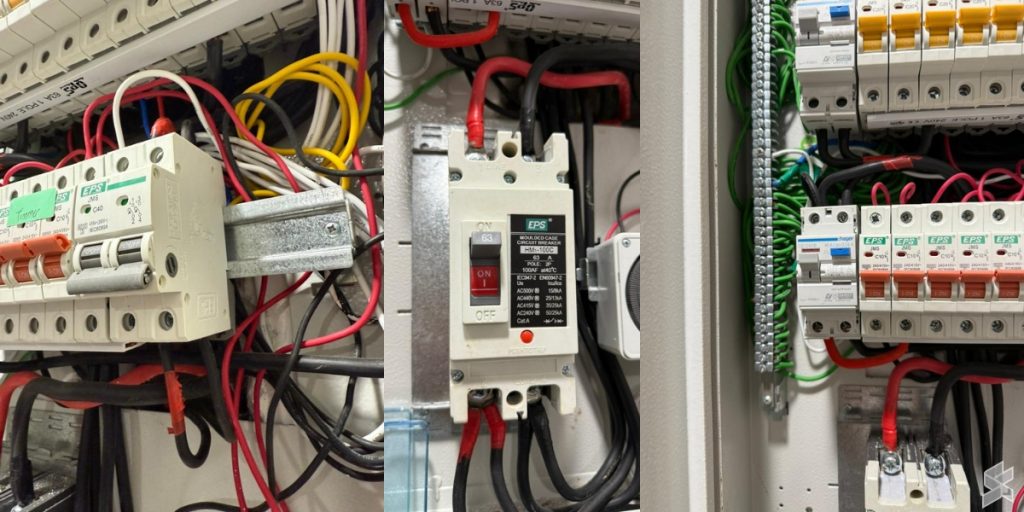
Before selecting a charger, determine whether your property uses a single-phase or three-phase power supply.
- Single-phase (240V): The standard for most Malaysian homes, supporting chargers up to 7 kW.
- Three-phase (415V): Required for higher-output chargers rated at 11 kW or 22 kW.
If your home only supports single-phase power but you intend to install a higher-capacity charger, an upgrade to three-phase may be necessary. This process involves additional cost and approval from Tenaga Nasional Berhad (TNB).
A certified installer can confirm your supply type during a site inspection and advise on whether your home’s wiring and load capacity can support your preferred charger.
It’s not plug and play. What’s required for a proper installation
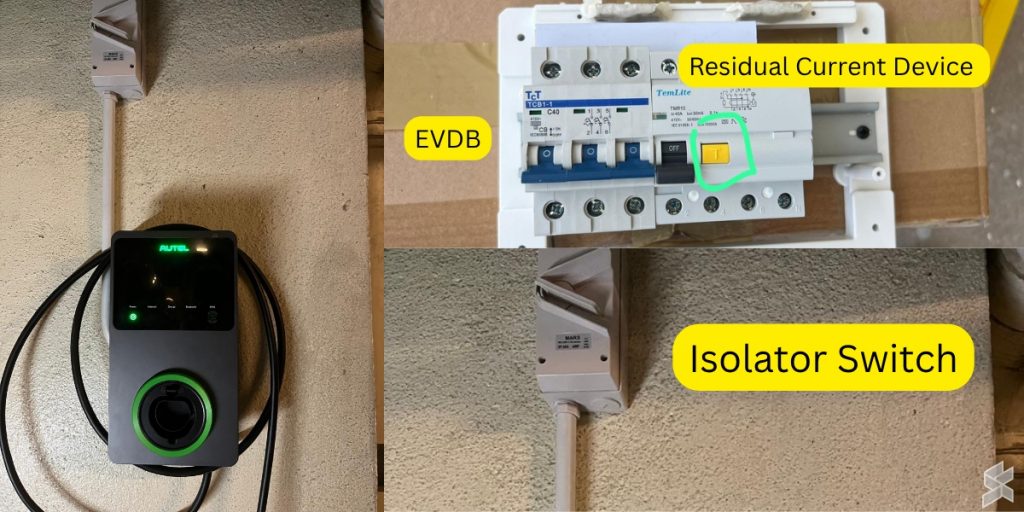
A home EV charger installation is more complex than many expect. To ensure safety and compliance, several dedicated electrical components must be installed alongside the wallbox:
- Miniature Circuit Breaker (MCB): Protects the charger and cabling from overcurrent or short circuits.
- Residual Current Device (RCD or RCCB): Automatically disconnects power in the event of current leakage or electrical fault.
- Isolator switch: Enables safe manual disconnection for maintenance or emergency shutdown.
- EV Distribution Board (EVDB): A separate panel that isolates the charger’s electrical load from your main distribution board.
These components safeguard your home from electrical hazards while ensuring your charger operates within proper limits. A site recce helps determine whether your wiring, circuit breakers, and load capacity can safely accommodate an EV charger.
Safety, regulation and certification
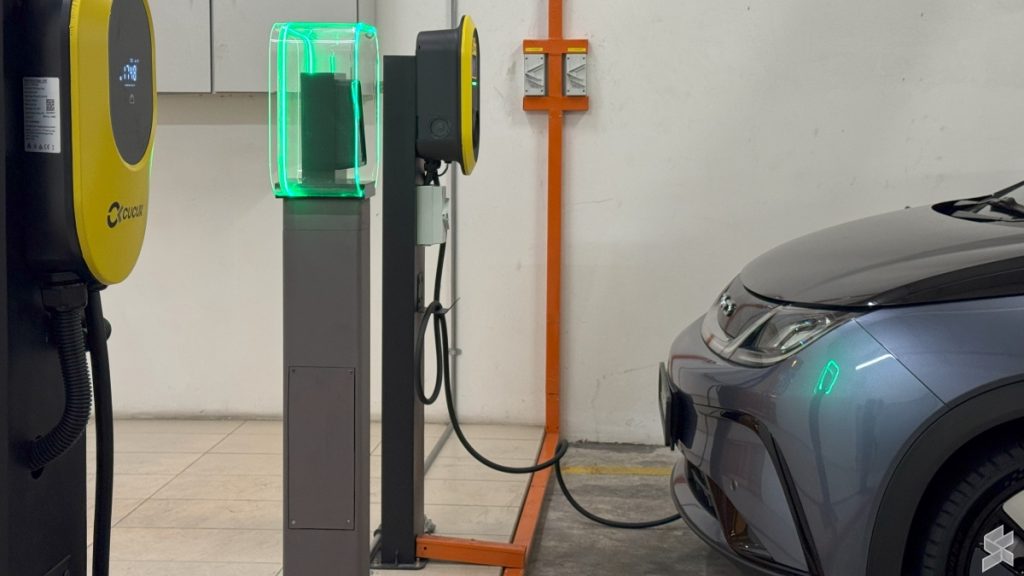
Because EV chargers operate at high current, proper installation is a matter of safety and compliance, not convenience. Installations should always be carried out by licensed electricians in accordance with Malaysian electrical standards and regulations.
A safe installation ensures:
- Properly rated cabling and circuit protection.
- Adequate earthing and surge protection.
- Use of SIRIM-certified or IEC-compliant equipment.
- Required approvals for electrical upgrades from TNB or the relevant authorities.
Improper installation not only poses fire and electrocution risks but can also void your warranty or affect your home insurance coverage.
Choose the right charger for your vehicle and lifestyle
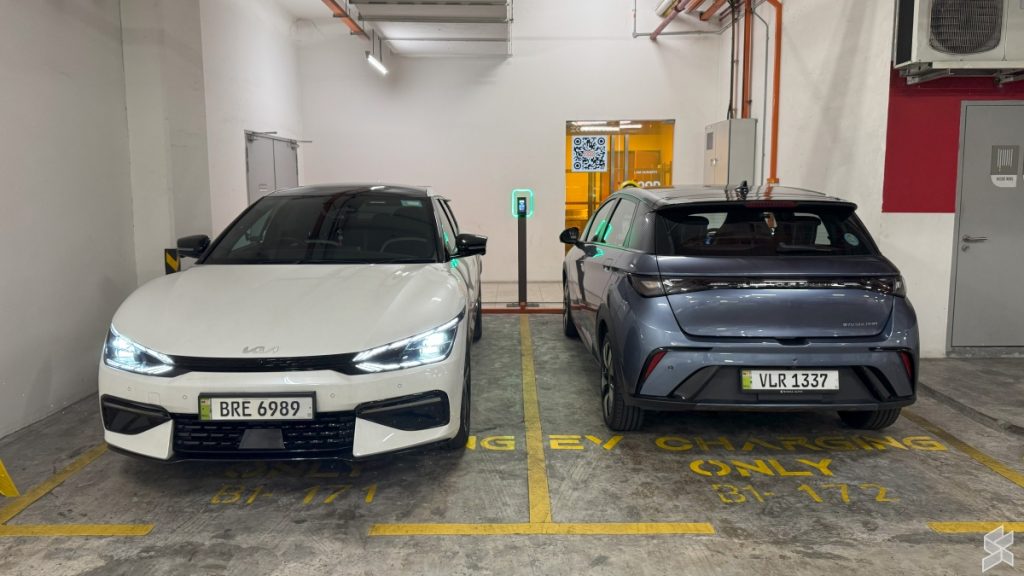
Selecting the right wallbox depends on your EV’s onboard charger capacity, your daily driving distance, and how quickly you want to recharge.
- 3.3 kW–7 kW (single-phase): Sufficient for most EV users, with a full charge typically taking six to eight hours.
- 11 kW–22 kW (three-phase): Recommended for faster charging, higher mileage users, or those looking to future-proof their setup.
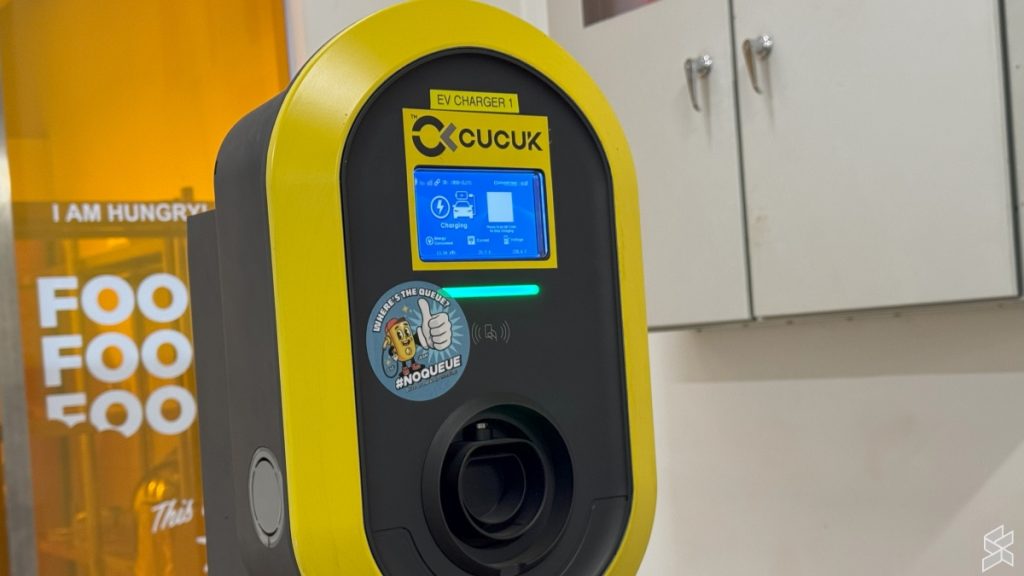
Additional factors to consider include:
- Smart vs basic chargers: Smart chargers allow monitoring and scheduling via mobile apps.
- Weatherproof rating (IP rating): Important for outdoor installations exposed to rain or heat.
- Tethered vs untethered designs: Tethered chargers include a fixed cable, while untethered options use a detachable Type 2 cable.
While a higher-rated charger may not make your current EV charge faster, it can prepare your home for future models with greater onboard charging capacity.
A smarter, safer way to charge at home
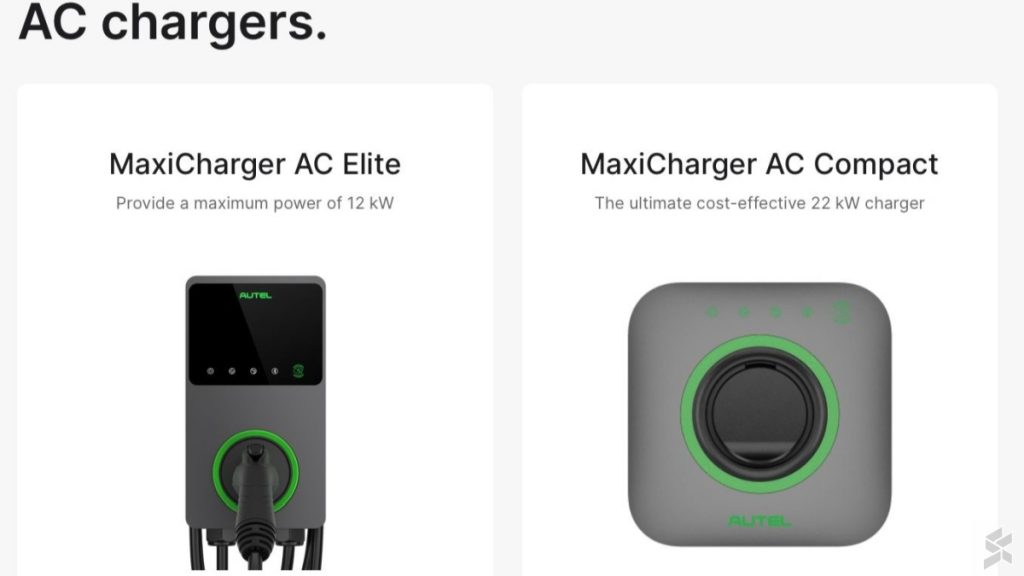
Installing an EV wallbox at home is one of the most practical upgrades for any EV owner, offering faster charging, improved safety, and daily convenience. However, it’s essential to get it done correctly by professionals who understand both the technical and regulatory requirements.
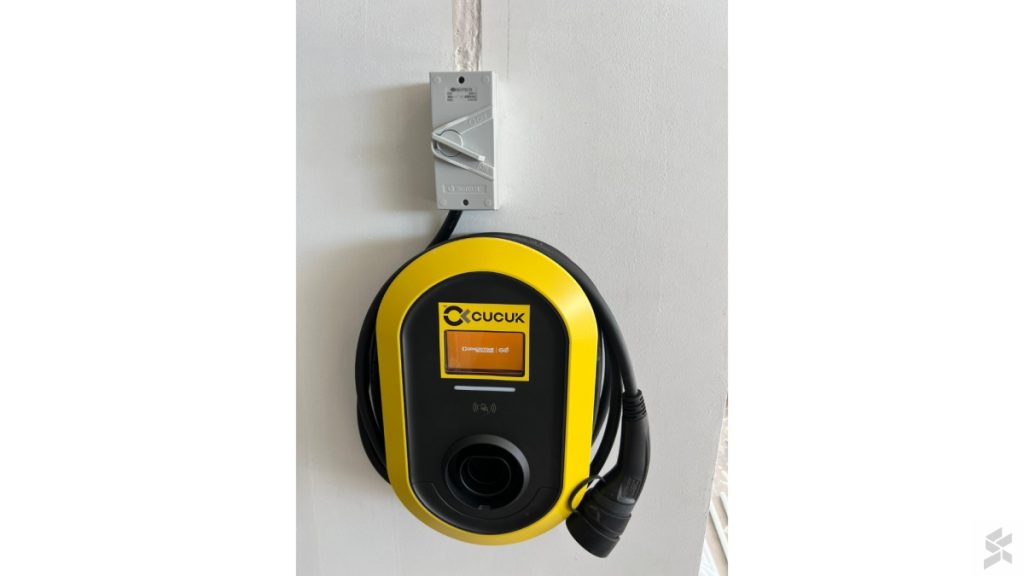
Through Cucuk Charge, SoyaCincau offers expert EV charger installation services covering the West Coast of Peninsular Malaysia, including Kedah, Penang, Perak, Selangor, Kuala Lumpur, Negeri Sembilan, Melaka, and Johor.
From site assessments to installation and after-sales support, every setup is managed by certified technicians from Ancom Energy & Services to ensure compliance and peace of mind.
We offer chargers from 3.3 kW to 22 kW, as well as 30 kW DC options, from trusted brands like Cucuk, Autel, and Sparklin. Our prices start from RM2,150 for the charger and installation cost.
To learn more or book a site visit, contact us via WhatsApp at +60 3-3310 0030 (RKMD).
Installing a Home EV Charger Isn’t Plug and Play. Here’s Why
News Reports PH
0 Comments